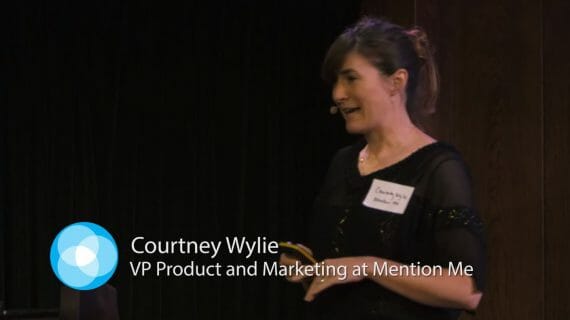Stakeholder Management
Engaging your stakeholders early on in the product process is key. Getting them on board early means that they can be a supporter of the vision that they’ve helped co-create, ensuring that your product gets out the door!
LATEST POSTS
The Magic in Conflict by Shaun Russell
In this keynote from MTP Engage Manchester, Shaun Russell explains why product people need to lean into conflict. Key Points: Conflict aversion is learned behaviour The path of least resistance is rarely the right direction The stakeholder and product manager relationship should be transparent As product people, we must lean into conflict Shaun describes a Read more »
Stuck in the Middle: Mastering Stakeholder Management by Emily Tate
In this MTP Engage Manchester talk, Mind the Product’s Chief of Staff, Emily Tate describes how, as product people, we often find ourselves stuck in the middle of difficult negotiations, and while making everyone happy isn’t our goal, mastering stakeholder management is key to building successful products. Key Points: Stakeholders are your process users, they Read more »
Don't Call it Improv - David Farkas on The Product Experience
If you’ve got a background in waterfall processes, it can seem as if agile techniques are just about making it up as you go along. (MTP’s own James Mayes once commented that waterfall, on the other hand, “is making it up before you even begin”.) What happens if we embrace this, and bring improv techniques Read more »
How do you Overcome the Pitfalls of Being a Part-time Product Manager?
It’s time to talk about part-time working. Specifically, how to work well as a part-time product manager, the benefits this arrangement brings to you and your company, and how to tackle the common perception that part-time simply cannot work. The following suggestions are all very personal to me, although I have seen similar patterns with Read more »
How do you Make Your Mark as a new Product Manager?
If you’re new to a product management job then it can often be very hard to get access to all the information you need. But I’ve found that by building relationships, setting the future vision, and having faith in your capabilities as a product manager you can carve out a place for yourself. One of the Read more »
How to Make Product Decisions With Transparency and Trust
Product managers can make better decisions if they’ve built transparency and trust with their team. How these decisions are made is also important, and it requires a clear and collaborative process. Here’s a straightforward framework for collaborative decision making that is founded in transparency and trust. Product Decisions Product decisions are either tactical or strategic. Read more »
Practical Insights and Guidance at #mtpcon London Workshops
Product people descended upon central London this morning for a series of Mind the Product training workshops, kicking off #mtpcon ahead of tomorrow’s conference. More than 400 conference attendees were up bright and early to join one of 14 workshops covering a range of topics from user research and stakeholder management to product roadmapping and Read more »
How to Involve the Entire Organization in Your Agile Transformation
When product and engineering teams adopt an agile way of working, it’s all-to easy for them to leave other departments in the organization behind. But, there are techniques you can use which help to make your agile transformation more acceptable for everyone else in the business. Agile transformation, undoubtedly two words that strike fear into Read more »
A product manager's guide to saying no
Discover how to prevent long-forgotten ideas from hurting your credibility and damaging relationships with those involved by mastering the art of saying no. Read more »
How to use the 5 Whys to Manage Stakeholders
A few years ago, I worked with a client in a very hierarchical organization. Position and title were very important at the organization, and everything was done in strict accordance with operating procedures. My team had been brought in to teach a new way of working, and to show how it’s possible to move quickly. Read more »



